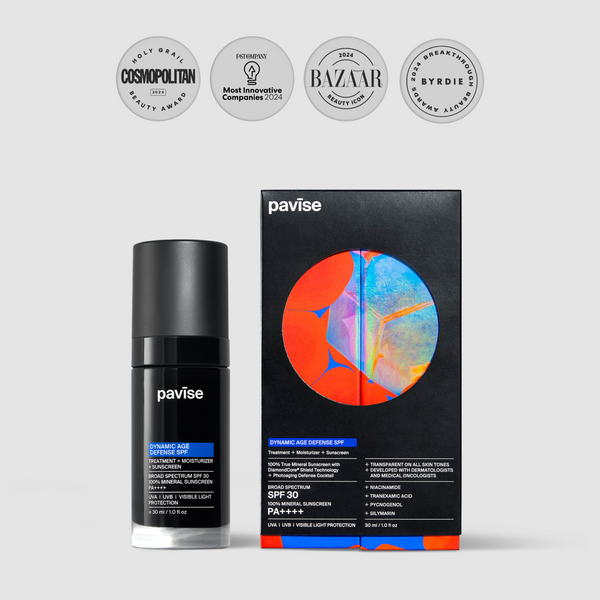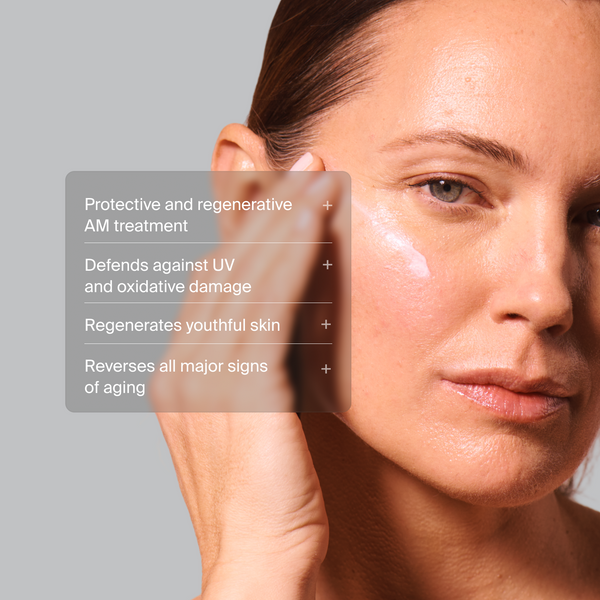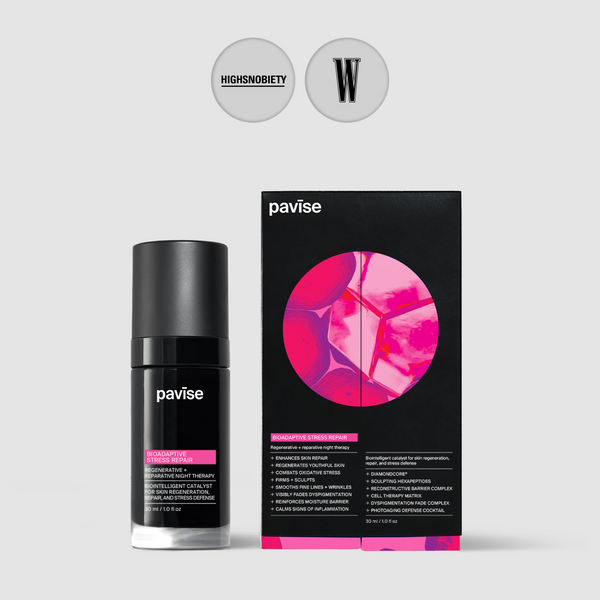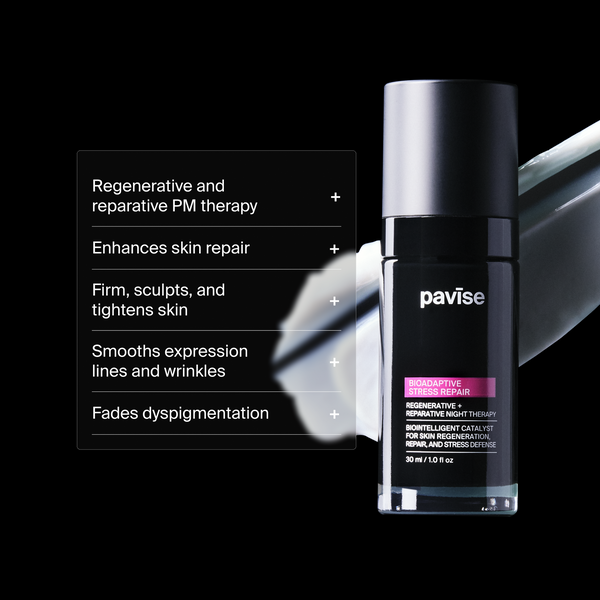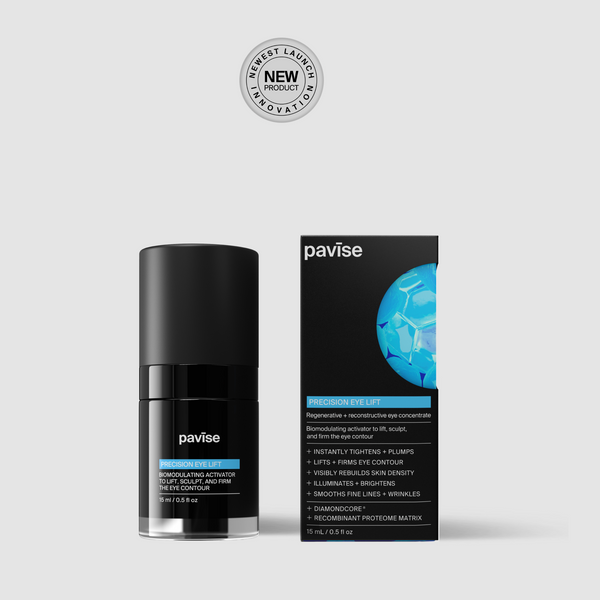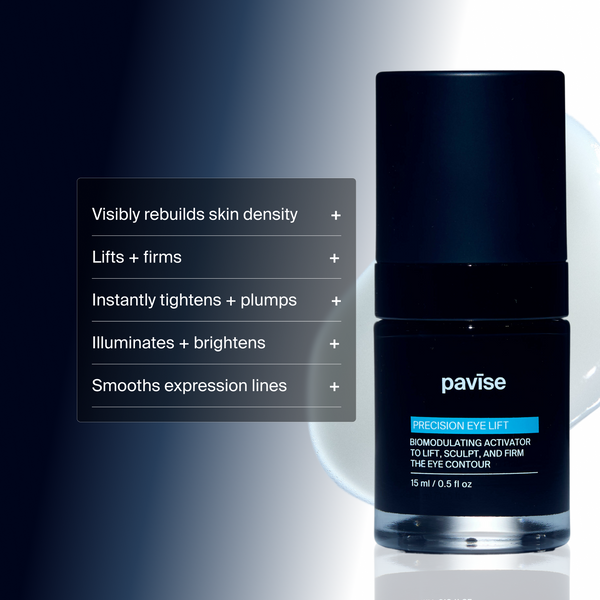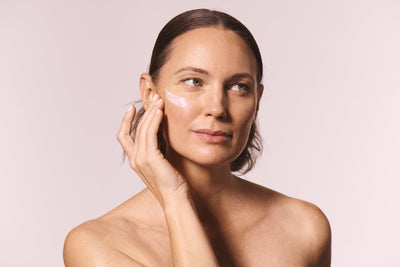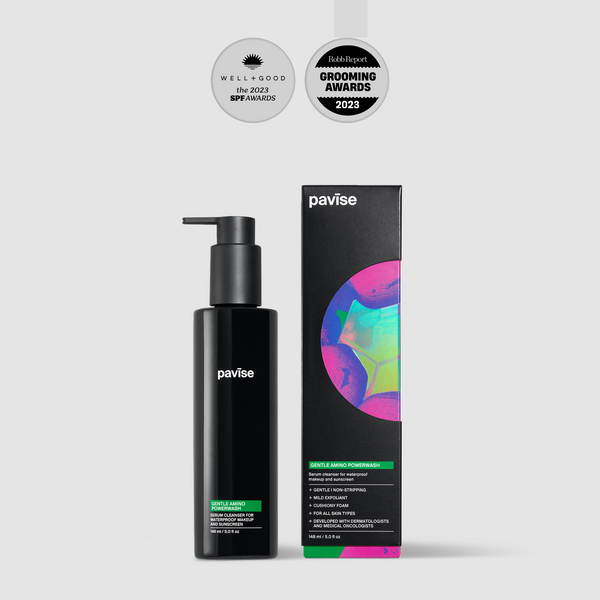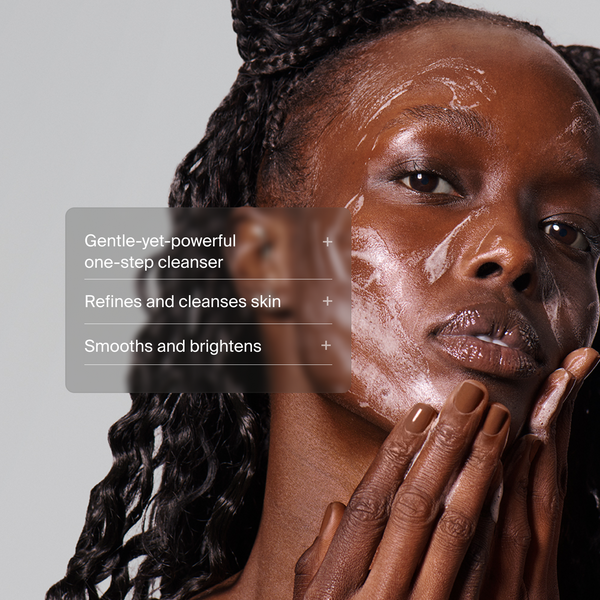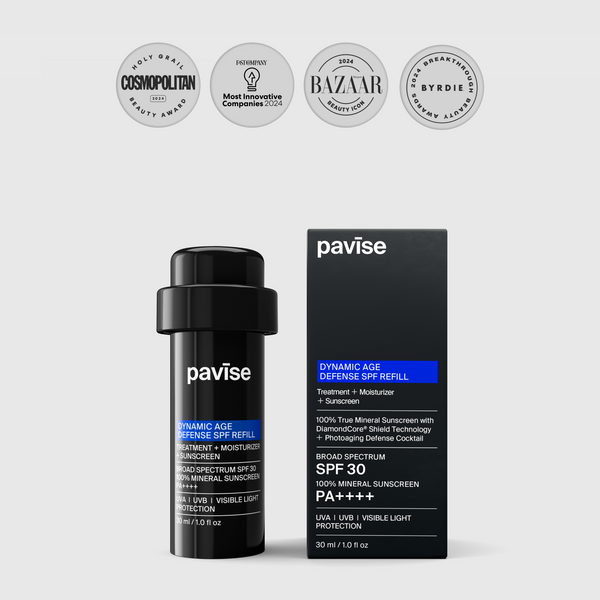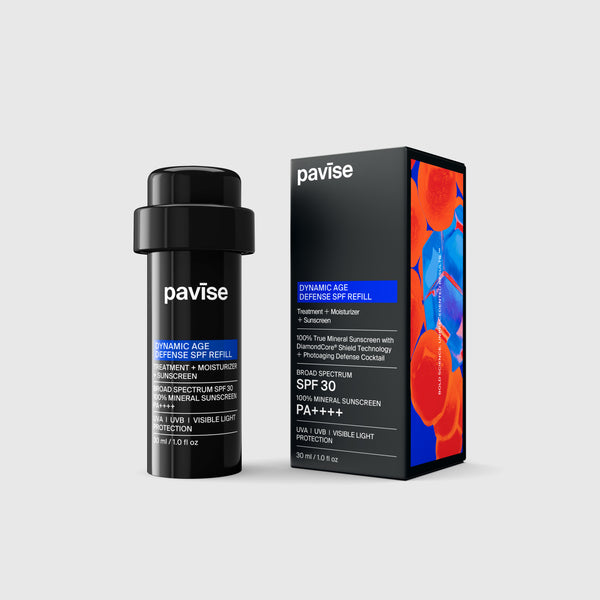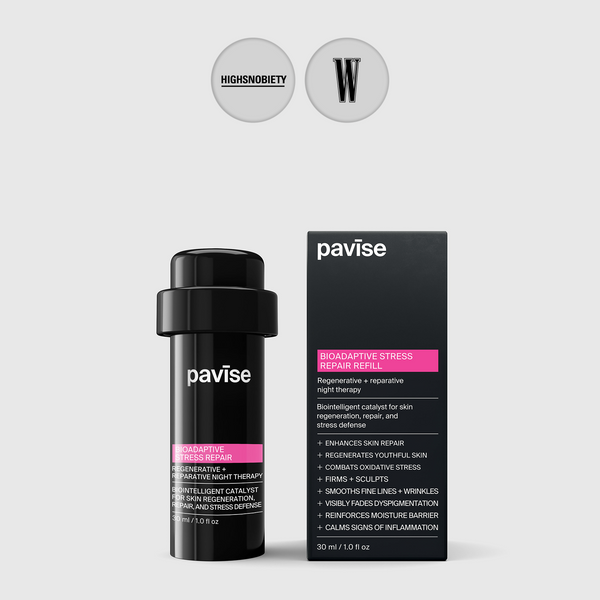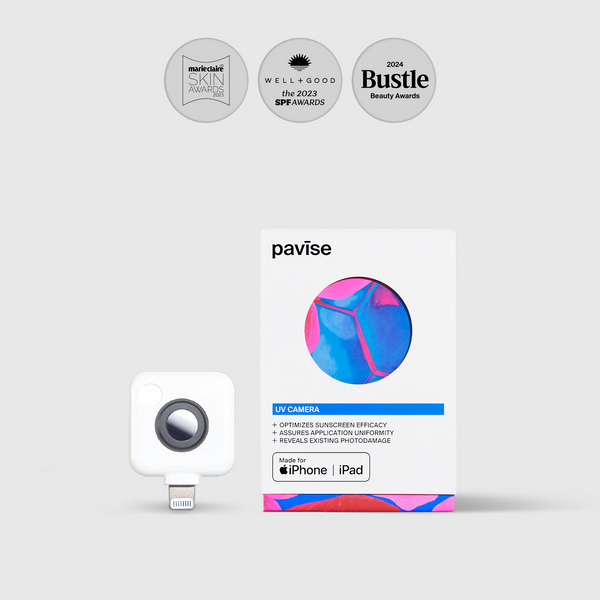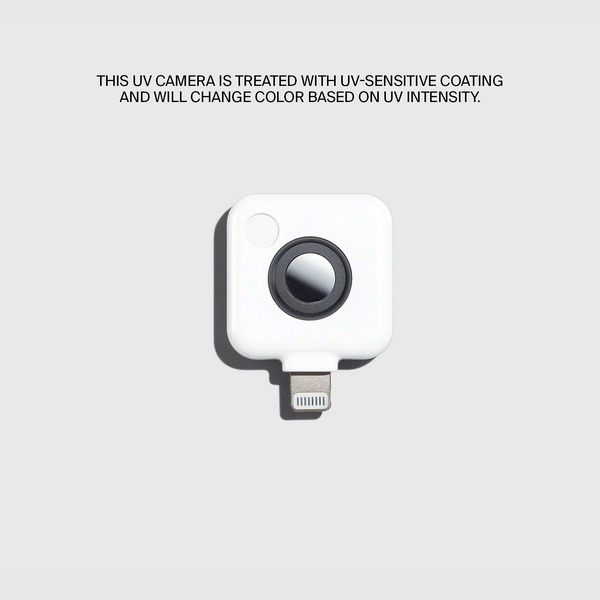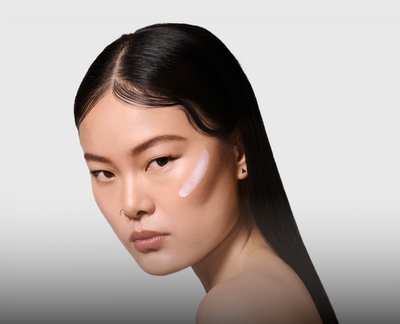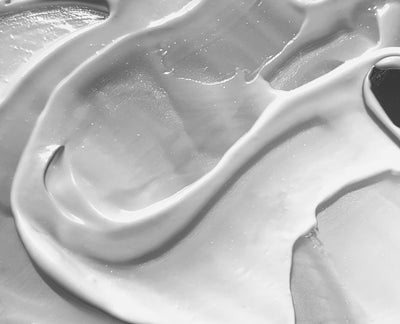HOW THE FDA REGULATES SUNSCREEN AND RECENT UPDATES FROM THE FDA
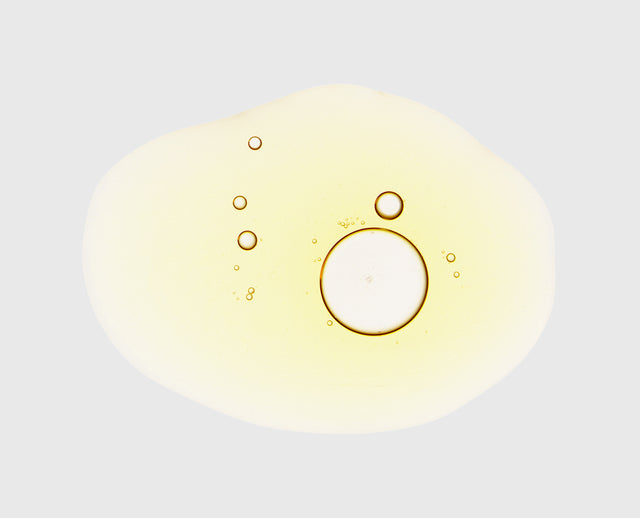
What you need to know
The FDA regulates the safety and efficacy of sunscreens via stringent stability, toxicology, efficacy, and safety testing.
The FDA classifies sunscreens as OTC drug products, and enforces sunscreen adherence to an OTC monograph that dictates active ingredient, labeling, and testing guidelines.
Recent sunscreen monograph updates and new clinical findings have brought into question the potential benefits and risks of certain chemical UV filters, but ultimately it’s up to you to weigh the risks and benefits.
When choosing a sunscreen, the choices are endless, and it can be difficult to determine and trust label claims. What’s important is that you find a sunscreen that is both safe and effective, with product claims that have been tested and can be trusted. So how exactly is the FDA judging the integrity of sunscreens and various UV filters? Sunscreens have long been a consumer go-to for the prevention of sun damage and skin cancer across the globe. In the U.S., the American Academy of Dermatology (AAD), Surgeon General, and the Food and Drug Administration (FDA) recommend that individuals use sunscreens as part of their daily sun protection plan, especially when engaged in outdoor activities. Though the FDA has monitored and regulated sunscreens and their ingredient profiles for decades, recent developments have led to major reevaluations.
What does the FDA regulate in sunscreens?
The FDA regulates sunscreens to ensure that they are safe for use and effective in protecting against UV exposure.6 The FDA also sets guidelines on testing that needs to be performed in order to be deemed safe and effective, labeling and product claims, and manufacturing processes to verify that sunscreens are properly formulated, labeled, and marketed. The FDA also monitors for safety concerns and issues guidance on sunscreen active ingredients like UV filters, and sunscreen products that are found to be harmful to consumers.
How the FDA regulates sunscreens
Sunscreens are classified by the FDA as over-the-counter (OTC) drug products, which means that sunscreens require safety, stability, compatibility, and efficacy testing that is more stringent than what is required for cosmetics products (other skincare, makeup).6,10 The UV filters that give sunscreens their protective abilities are considered “active ingredients,” and only the UV filters that have been approved by the FDA and included in the FDA’s UV filter OTC monograph of active sunscreen ingredients, essentially a rule book on sunscreen formulation and labeling, can be included in US sunscreen products and be called sunscreens. The FDA includes maximum percentages that each UV filter can be included up to in a given sunscreen formula as well.12 The process of UV filter active ingredient approval is long, strenuous, and expensive.10 It requires extensive safety, toxicology, and efficacy testing, which is done either in animals or in humans.
The FDA’s approval of UV filters lags significantly behind other countries, and new UV filters have not been added to the FDA’s approved list for sale in the US since 2002. The current OTC monograph lists 14 chemical UV filters and 2 mineral UV filters.12
Sunscreen labels are also strictly regulated by the FDA. Products must undergo testing on a minimum of 10 study participants to verify their SPF rating, broad spectrum status, and water resistance capabilities. Products may only list their function as “helps to prevent sunburn” and may not make any label claims related to the prevention of skin cancer or early skin aging unless other studied ingredients support these claims.12
Recent updates to FDA sunscreen regulations
In two separate studies performed in 2019 and 2020, FDA-sanctioned clinical studies observed that when sunscreens containing common chemical UV filters were applied to skin according to the directions on the label, the chemical UV filters were detected in blood and urine samples at far beyond the levels deemed safe by the FDA (0.5ng/mL).1,10 Some of these filters were detectable at beyond threshold levels up to 3 weeks after use after just 1 application. This data aligned with updates to the OTC monograph for sunscreens in 2019-2021 proposed the following revisions to sunscreen regulations:6,10
- Maximum SPF values
- The maximum labeled SPF value should be 60+, even if SPF testing shows protection up to SPF 80.
- Broad spectrum requirements
- The proposal requires that all sunscreens with an SPF 15 or greater have broad spectrum protection, meeting a UVA I / UV ratio of 0.7 or higher.
- Safe sunscreen formats
- Oils, lotions, creams, gels, butters, pastes, ointments, and sticks are considered GRASE (generally recognized as safe and effective) by the FDA. Spray sunscreens are GRASE subject to testing and labeling requirements, and powder sunscreens are not GRASE as additional data is needed to determine their safety and efficacy.
- It’s worth noting that the FDA does not recommend spray and powder sunscreen formulations due to risk of inhalation.
- Final formulation testing and recordkeeping
- Records of final formulation testing should be maintained for one year after the product expiration date, or, if the product is exempt from expiration dating (most sunscreens are), for 3 years after distribution has been completed.
- GRASE active ingredient updates—this is the update that generated the most news.
- Because of the findings from the 2019 and 2020 absorption studies performed on common chemical UV filters, only the mineral UV filters zinc oxide and titanium dioxide are considered GRASE by the FDA.1 Aminobenzoic acid and trolamine salicylate are considered not GRASE due to safety issues. All other chemical UV filters (octinoxate, octisalate, octocrylene, homosalate, oxybenzone, avobenzone) are considered not GRASE because additional data is needed to determine that increased absorption does not pose a safety risk to consumers.
Other notable regulatory updates
- In 2020, an FDA-sanctioned clinical study found that after 1 day of use, the 6 most commonly used chemical UV filters listed above (avobenzone, homosalate, octinoxate, octocrylene, oxybenzone, and octisalate) were detected in blood and urine samples at far beyond the FDA’s safety threshold levels (0.5ng/mL), up to 360 times the recommended level. Levels stayed elevated up to 3 weeks after use.1
- Higher levels of absorption, however, do not necessarily equate to higher risk of harm to your health. The FDA concluded that although this didn’t make the chemicals unsafe, more testing would be required before the FDA considered the filters “GRASE,” or generally recognized as safe and effective.10 They noted that as of now, research demonstrates that the potential health risks associated with not wearing sunscreen (your risk of melanoma just about doubles) are far greater than the risks associated with chemical UV filters.10
- It’s also worth noting that the study required that participants apply sunscreen to 75% of their bodies. Your daily use may only include your face and neck.
- The fear around the FDA’s recent absorption studies is closely linked to suspicions that have been circulating for some time regarding chemical filters’ ability to disrupt hormones, induce neurotoxicity, and cause cancer.8,9,11,13
- Studies that have produced statistically significant results have been done either in animals or in vitro (usually with cells). While this data should not be ignored, it’s important to note that animal and in vitro studies do not correlate directly with what would happen in humans.8,9,11 Animals and cells are also typically exposed to doses significantly higher than what would typically be seen in humans. Studies that have attempted to prove the correlation in humans have proved inconclusive.
- It’s ultimately up to your own threshold of safety and risk when assessing chemical UV filters. It’s understood that chemical filters can pass through the blood-brain and blood-placenta barrier, and that fetuses and young children are typically exposed to higher concentrations of any chemical, so pregnant and breastfeeding people and children may want to be more cautious.8,9,11,13
- Oxybenzone, octinoxate, avobenzone, and octocrylene have been banned in Hawaii as of 2023.
- Multiple studies done on coral and other aquatic life showed that oxybenzone, octinoxate, and octocrylene harmed their health. These findings sparked Hawaii’s ban on oxybenzone and octinoxate-containing sunscreens.3,4,7
- Skeptics do note, however, that most of the studies were performed in controlled lab settings, and that in situ (in their natural environment) testing has been limited to a few studies in specific tropical regions.4,7 Many experts rank UV filters extremely low (like #200) on the list of threats to coral reefs and warns that the focus on chemical filters distracts from what consumers should be focused on—how climate change is destroying them.
- It’s also important to note that “reef-safe” is not a regulated claim, and reef-safe sunscreens typically refer only to the absence of certain chemical UV filters. It’s impossible to know whether other ingredients, packaging materials, etc. contribute to reef safety, and some data even suggests that high levels of zinc oxide can also damage coral reefs.
- Pavise uses the term “vacation-friendly” to communicate that our Dynamic Age Defense SPF does not contain any chemical UV filters, and that Pavise respects Hawaii’s concerns around chemical filters’ potential impact on their reefs—you can take Pavise with you on your vacation to Hawaii. We understand, however, the nuance behind potentially fear-mongering claims and are working to improve the way we talk about our products.
These bans follow, and may have been catalyzed by 2 separate studies that detected benzophenone, a compound classified as a carcinogen, in sunscreen products containing octocrylene.2,5 Under California Proposition 65, there is no safe level of benzophenone in skincare products. Scientists from both studies found that octocrylene degrades into benzophenone and accumulates over time. However, it’s unclear how much benzophenone humans are exposed to day to day from, for example, being exposed to car exhaust on a highway, versus the amounts detected in chemical sunscreens.
Pavise DiamondCore® Shield Technology is our filter of choice
Pavise has developed a unique, patented DiamondCore® Shield Technology mineral UV filter that provides the best of both worlds when it comes to mineral and chemical filters. Our zinc oxide contains a diamond core that helps give it a uniform molecular size and shape in contrast to other mineral filters. This allows DiamondCore® Shield Technology to achieve a sheer, luxurious finish for all skin types and tones unlike other mineral UV filters. This uniform zinc oxide structure also offers superior broad spectrum protection because the particles are able to form a more even, stronger shield over skin.
The diamond core also scavenges ROS typically released by other chemical and mineral filters, preventing any skin exposure to cell-damaging oxygen species.
Finally, Pavise’s Dynamic Age Defense SPF contains additional ROS-scavenging ingredients like silymarin, tranexamic acid, niacinamide, and pycnogenol. These ingredients form a potent cocktail that fades existing hyperpigmentation, prevents new hyperpigmentation, and helps to prevent wrinkling.
This multi-tasking mineral sunscreen and anti-aging/dark spot treatment both optimizes and simplifies your skincare routine.
References:
- Authors, For. “Effect of Sunscreen Application on Plasma Concentration of Sunscreen Active Ingredients.” JAMA, JAMA, 21 Jan. 2020, https://jamanetwork.com/journals/jama/fullarticle/2759002.
- A., C. “Benzophenone Accumulates over Time from the Degradation of Octocrylene in Commercial Sunscreen Products.” American Chemical Society, American Chemical Society, 7 Mar. 2021, https://pubs.acs.org/doi/abs/10.1021/acs.chemrestox.0c00461.
- A., C. “Toxicopathological Effects of the Sunscreen UV Filter, Oxybenzone (Benzophenone-3), on Coral Planulae and Cultured Primary Cells and Its Environmental Contamination in Hawaii and the U.S. Virgin Islands - Archives of Environmental Contamination and Toxicology.” Springer Nature Surgery, Springer Nature Surgery, 20 Oct. 2015, https://link.springer.com/article/10.1007/s00244-015-0227-7.
- Danovaro, Roberto. “Sunscreens Cause Coral Bleaching by Promoting Viral Infections.” National Institutes of Health, National Institutes of Health, 20 Apr. 2023, https://www.ncbi.nlm.nih.gov/pmc/articles/PMC2291018/.
- Foubert, Kenn. “The Presence of Benzophenone in Sunscreens and Cosmetics Containing the Organic UV Filter Octocrylene: A Laboratory Study.” Wiley, Wiley, 25 Mar. 2021, https://onlinelibrary.wiley.com/doi/10.1111/cod.13845.
- “Questions and Answers: Sunscreen Deemed Final Order and Proposed Order.” U.S. Food and Drug Administration, U.S. Food and Drug Administration, 3 Mar. 2023, https://www.fda.gov/drugs/understanding-over-counter-medicines/questions-and-answers-fda-posts-deemed-final-order-and-proposed-order-over-counter-sunscreen.
- M, Mirabelle, Tsui, P. “Occurrence, Distribution and Ecological Risk Assessment of Multiple Classes of UV Filters in Surface Waters from Different Countries - PubMed.” National Institutes of Health, National Institutes of Health, 1 Jan. 2014, https://pubmed.ncbi.nlm.nih.gov/25261628/.
- “Neurotoxic Effect of Active Ingredients in Sunscreen Products, a Contemporary Review.” ScienceDirect, ScienceDirect, https://www.sciencedirect.com/science/article/pii/S2214750017300288. Accessed 6 Mar. 2023.
- Sabzevari, Nina. “Sunscreens: UV Filters to Protect Us: Part 1: Changing Regulations and Choices for Optimal Sun Protection.” National Institutes of Health, National Institutes of Health, 20 Jan. 2023, https://www.ncbi.nlm.nih.gov/pmc/articles/PMC7838247/.
- “Shedding More Light on Sunscreen Absorption.” U.S. Food and Drug Administration, U.S. Food and Drug Administration, 7 Mar. 2023, https://www.fda.gov/news-events/fda-voices/shedding-more-light-sunscreen-absorption.
- Suh, Susie. “The Banned Sunscreen Ingredients and Their Impact on Human Health: A Systematic Review.” National Institutes of Health, National Institutes of Health, 20 Sept. 2022, https://www.ncbi.nlm.nih.gov/pmc/articles/PMC7648445/.
- U.S. Food and Drug Administration, U.S. Food and Drug Administration, https://www.accessdata.fda.gov/drugsatfda_docs/omuf/OTCMonograph_M020-SunscreenDrugProductsforOTCHumanUse09242021.pdf. Accessed 6 Mar. 2023.
- Wnuk, Weronika. “Benzophenone-3, a Chemical UV-Filter in Cosmetics: Is It Really Safe for Children and Pregnant Women? - PubMed.” National Institutes of Health, National Institutes of Health, 28 Feb. 2021, https://pubmed.ncbi.nlm.nih.gov/35369611/.
By Claudia Teng - Updated February 06, 2023
